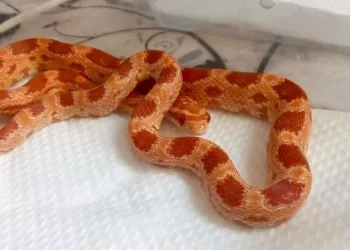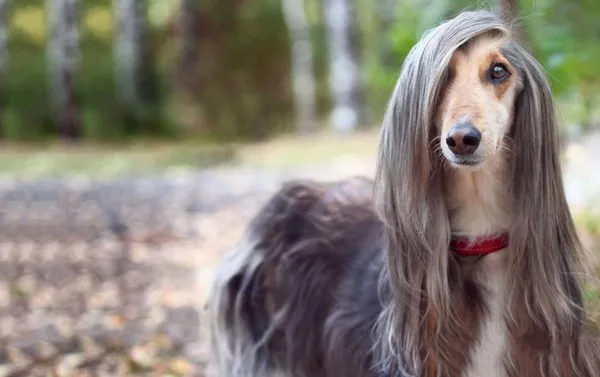Tortoises are fascinating creatures that have captured the interest of people around the world. Their longevity, unique biological adaptations, and varied habitats make them a subject of intrigue. One of the frequently asked questions regarding tortoises is their weight. This article delves into the factors influencing tortoise weight, explores the weight ranges of various tortoise species, and discusses their dietary needs, habitats, and health implications associated with weight.
Understanding Tortoise Anatomy
The Basic Structure of Tortoises
Tortoises are reptiles belonging to the order Testudines. Unlike many other reptiles, tortoises are characterized by their bony or cartilaginous shell, which acts as a shield against predators. The shell comprises two parts: the carapace (the upper part) and the plastron (the lower part). The weight of a tortoise is significantly influenced by the structure and composition of its shell, which can be dense and heavy, depending on the species.
Body Composition
A tortoise’s body is composed of several parts, including bones, muscles, organs, and fat. The percentage of each component can vary widely among species. For example, larger tortoise species generally have more muscle mass and a larger shell, contributing to their overall weight. Understanding these components is crucial for evaluating a tortoise’s health and ensuring it is maintained at a healthy weight.
Factors Influencing Tortoise Weight
Species Variability
The weight of tortoises varies significantly by species. Some of the largest tortoises, like the Galápagos tortoise (Chelonoidis nigra), can weigh over 400 kg, while smaller species like the Russian tortoise (Testudo horsfieldii) typically weigh between 1.5 and 3 kg. When considering the weight of tortoises, one must first identify the species in question.
Age and Size
Age is another critical factor affecting tortoise weight. Young tortoises weigh significantly less than adults, and their growth patterns can differ based on species. For example, many tortoises reach their full size over a period of 20 to 40 years, while others may take longer. The growth rate can be influenced by diet, habitat, and environmental factors.
Diet
Diet plays a crucial role in the growth and weight of tortoises. Most tortoises are herbivorous and require a balanced diet of leafy greens, fruits, and vegetables. The quality and quantity of food provided can directly impact their weight. A diet lacking essential nutrients can lead to underweight tortoises, while overfeeding can lead to obesity.
Habitat and Environment
The natural habitat of a tortoise also influences its weight. Tortoises that live in the wild often have access to a variety of food sources and may be more physically active than those kept in captivity. The lack of space and stimulation in captivity can lead to a sedentary lifestyle, affecting the tortoise’s weight.
Health Issues
Health plays a vital role in a tortoise’s weight. Illnesses or parasites can cause weight loss, while metabolic disorders may lead to weight gain. Regular veterinary check-ups can help in monitoring a tortoise’s health and weight, ensuring they remain within a healthy range.
Common Tortoise Species and Their Weights
1. Galápagos Tortoise (Chelonoidis nigra)
The Galápagos tortoise is the largest tortoise species in the world, weighing between 250 kg to over 400 kg. These tortoises can live for over 100 years and are known for their massive size. Their weight can vary depending on their habitat and diet.
2. Aldabra Giant Tortoise (Aldabrachelys gigantea)
Another large species, the Aldabra giant tortoise, typically weighs between 150 kg to 250 kg. Like the Galápagos tortoise, these tortoises are known for their long lifespan and can also exceed 100 years.
3. Indian Star Tortoise (Geochelone elegans)
The Indian star tortoise is a smaller species, usually weighing between 3 kg to 5 kg. They are characterized by their distinct star-patterned shell and are popular in the pet trade. Their weight can be influenced by their diet and care.
4. Russian Tortoise (Testudo horsfieldii)
The Russian tortoise is a common pet species, typically weighing between 1.5 kg to 3 kg. They are relatively small and hardy, making them a popular choice among reptile enthusiasts.
5. Hermann’s Tortoise (Testudo hermanni)
Hermann’s tortoise generally weighs between 2 kg to 4 kg. This species is known for its beautiful shell and is found in various habitats across Europe.
6. Box Tortoise (Terrapene spp.)
Box tortoises vary in weight depending on the species, typically ranging from 1 kg to 2 kg. They are terrestrial and are known for their ability to retract into their shells for protection.
The Importance of Monitoring Weight
Monitoring a tortoise’s weight is crucial for ensuring its health and well-being. Weight can indicate whether a tortoise is healthy or suffering from health issues.
Regular Weighing
It is advisable to weigh tortoises regularly, especially for those in captivity. Regular weighing can help detect any sudden changes in weight that may indicate health issues. Tortoises can be weighed using a digital scale, and it is important to record their weight over time to monitor their growth and health.
Signs of Weight Problems
Underweight Tortoises: Signs may include a visibly protruding spine, lethargy, and reduced appetite. These issues could stem from inadequate nutrition, stress, or illness.
Overweight Tortoises: An overweight tortoise may have difficulty moving and may exhibit a lack of interest in activity. This condition can lead to serious health problems, including metabolic bone disease and organ failure.
Adjusting Diet and Environment
If a tortoise is found to be underweight or overweight, adjustments to its diet and environment may be necessary. A veterinarian specializing in reptiles can provide valuable guidance in these situations.
Caring for Tortoises to Maintain Healthy Weights
Proper Diet
Providing a balanced and nutritious diet is essential for maintaining a tortoise’s weight.
Herbivorous Diet: Most tortoises thrive on a diet rich in greens, such as dandelion greens, kale, and collard greens. It is crucial to avoid feeding them high-protein foods, which can lead to health issues.
Calcium and Vitamin D3: Supplements may be necessary to ensure that tortoises receive adequate calcium and vitamin D3, essential for shell health.
Hydration: Access to clean water is critical, as tortoises can easily become dehydrated.
Environmental Enrichment
Providing an enriching environment can promote physical activity and natural behaviors.
Space to Roam: Tortoises need ample space to walk and explore. A larger enclosure encourages exercise, which can help maintain a healthy weight.
Shelter and Hiding Spots: Hiding spots can reduce stress and make tortoises feel secure, encouraging them to be more active.
Veterinary Care
Regular veterinary check-ups can help monitor a tortoise’s health and weight. A veterinarian can provide guidance on diet, habitat, and overall care.
Health Assessments: Regular health assessments can identify any underlying health issues that may affect weight.
Weight Management Plans: If a tortoise is overweight or underweight, a veterinarian can create a customized weight management plan.
Conclusion
Understanding how much a tortoise weighs and the factors influencing their weight is essential for their care and well-being. From the impressive size of the Galápagos tortoise to the smaller Russian tortoise, each species has unique characteristics that affect its weight. By providing a balanced diet, proper environment, and regular veterinary care, tortoise owners can ensure their pets maintain a healthy weight throughout their lives.
Related Topics:


























